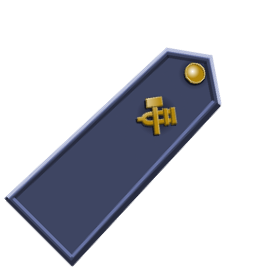Thank you all very much for the detailed answers. That's weird about the speeds. This is the first railway system that I see where speeds are not reported on tables at the side of the track... In my railway, the only speed restrictions that must be reported on the train documents, are temporary restrictions (and those too are also reported on the trackside...) Regarding the "Null notches": I suppose those are not actually "null" positions (because there is traction) but positions where resistors of the rheostat are not inserted, and so you can keep those positions for a long time without the rheostat overheating? If it's so, why are there so many of them? On the rheostatic trains I know, you start with the motors in series and all the resistors inserted; then you start excluding resistors until there are none left, and the motors are in series (and this is a rest position you can hold for long, indicated by a light on the panel); then when you proceed, the motors are connected in series-parallel with all the resistors inserted, and then you exclude them one by one again, and at the end you have another "rest" position; then you connect the motors in parallel with all the resistors included, and proceed as before until the last rest position. But of course there are only 3 rest positions. I don't understand how there can be so many in the VL80t, and what they really mean... Last question: What is the Phase Separator? Thanks again, Cristian



